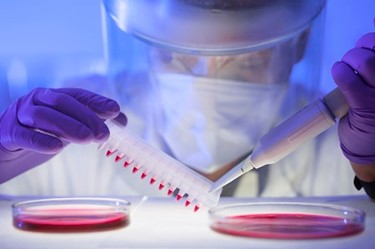Comparison Of Different Methods Of Clarification Of CHO Cells
By D. Allen, S. Ricketts, J. Lee, C. Short, and F. Agbogbo

The development of clarification process for commercial biotherapeutic manufacturing requires a simple and scalable process. This begins with the selection of scaled-down models of largescale production process for clarification. Separation of CHO cellular material from the product containing media can be tested by different methods. In this study, alluvial filtration, depth filtration and flocculant filtration have been evaluated. Alluvial filtration involves the addition of various grades diatomaceous earth (DE) into a vessel containing CHO cell culture and the resultant cake formed upon a filter disc during separation provides the filtration. Depth filtration is done with filters designed to have a tortuous path providing an avenue for the media to separate from the cell culture without allowing the filter to become quickly clogged by the cells. The flocculant design of filtration uses an addition of a stimulus responsive Smart Polymer (mPAA) which is designed to aggregate the cells from the media and allow the media to pass through the cell aggregate. This aggregate is then filtered against a depth filter. Each of these methods is scalable from 500 mL to 5000 L or beyond. Data generated with these three methods at laboratory scale is discussed below.
Get unlimited access to:
Enter your credentials below to log in. Not yet a member of Bioprocess Online? Subscribe today.
